This seems to be a strange idea – who likes tofu enough to want to make it themselves? Could freshly made tofu taste so different that it would be worth the effort? Even if it tasted better than store bought, how much better would it have to be to make it worthwhile? But perhaps these are the wrong questions – or if they are the right questions for you then you probably won’t bother making your own tofu.
For me, it is no accident that my interest in making tofu has arisen in February – the month we stop eating meat (and drinking alcohol). Since I am cooking with a different focus anyway, the idea of making my own tofu is less immediately farfetched. Add to that a growing inclination to try my hand at making cheese and an abiding interest in seeing how traditional foods are made and voila – here we are.
So, how do you make tofu? It’s pretty simple actually – curdle soy milk and press the curds into a block. But since most readily available soy milk has been adulterated to extend its shelf life, you have to start by making your own soy milk and that means starting with soy beans.
After an overnight soak, the beans are ready to be turned into soy milk. Add beans and water (at a 1:3 ratio) and let the food processor do its thing.
Interestingly, the process of liquefying the beans creates a ton of froth, which makes boiling the milk a little tricky. Like dairy milk, soy milk wants to expand and cause a mess as you boil it, and the inches-deep layer of foam is especially ready to ruin your day. Here is the soy milk and foam in a deep pot.
And here is the foam ready to make its escape as the soy milk is brought up to a boil. Do not turn your back on this sneaky bastard.
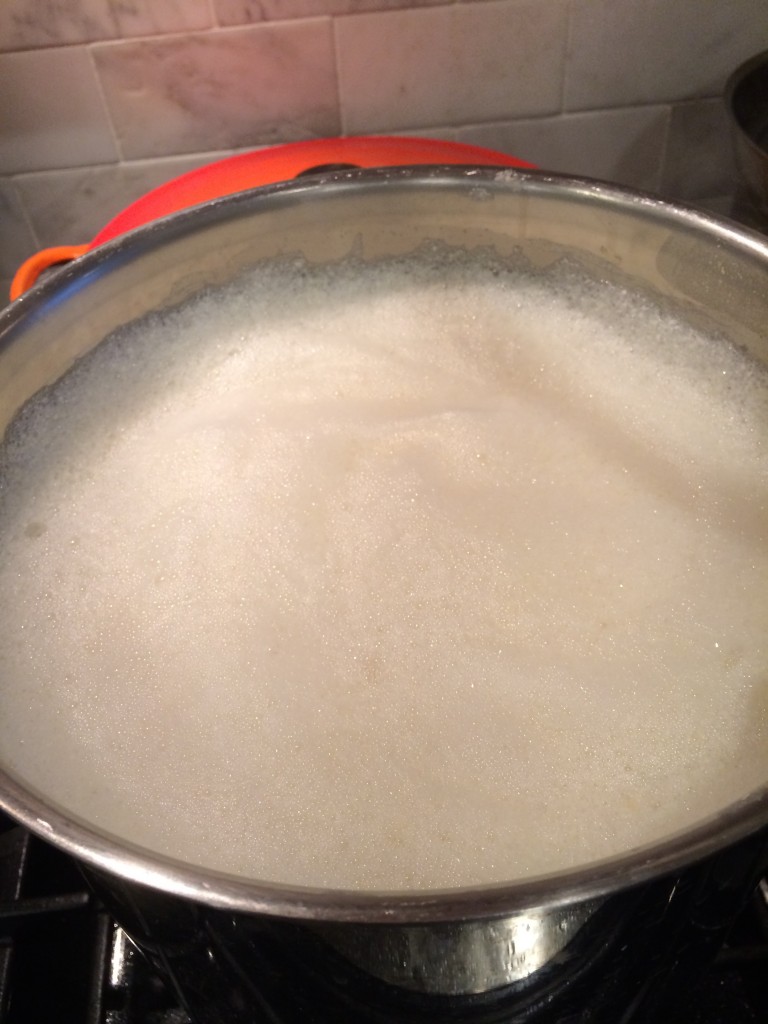
Once the mixture has boiled for 20 minutes or so, it’s time to strain the hot scalding mess and extract all the soy milk from the bean pulp. This is another good opportunity for causing yourself serious harm. Directions on the internet blithely instruct you to strain the mixture through some butter muslin and then twist and squeeze the lava-like mass with some kitchen tongs to extract all of the liquid. Ha! Bad idea. Your desire to avoid pain will ensure that you leave some of the soy milk behind. It is better to first pour the seething mixture through a colander to get rid of most of the pulp and then (after safely pressing on the pulp with a spatula to get all the milk out) run the milk through a chinois to strain out the remaining bits.
Now you have fresh, hot soy milk!
The Japanese use nigari (magnesium chloride) to coagulate soy milk. It comes from seawater that has been evaporated and had the sodium chloride removed.
After 20 minutes, the soy milk has separated into curds and whey.
And now all that remains is to line a tofu mold with some butter muslin, skim the curds from the whey, plop them into the mold and set a weight on top to press the curds into a solid block of tofu.
After 50 minutes, this is what you get:
Cover with water and refrigerate and tomorrow it will be dinner! Come back then for answers to all those “pressing” questions!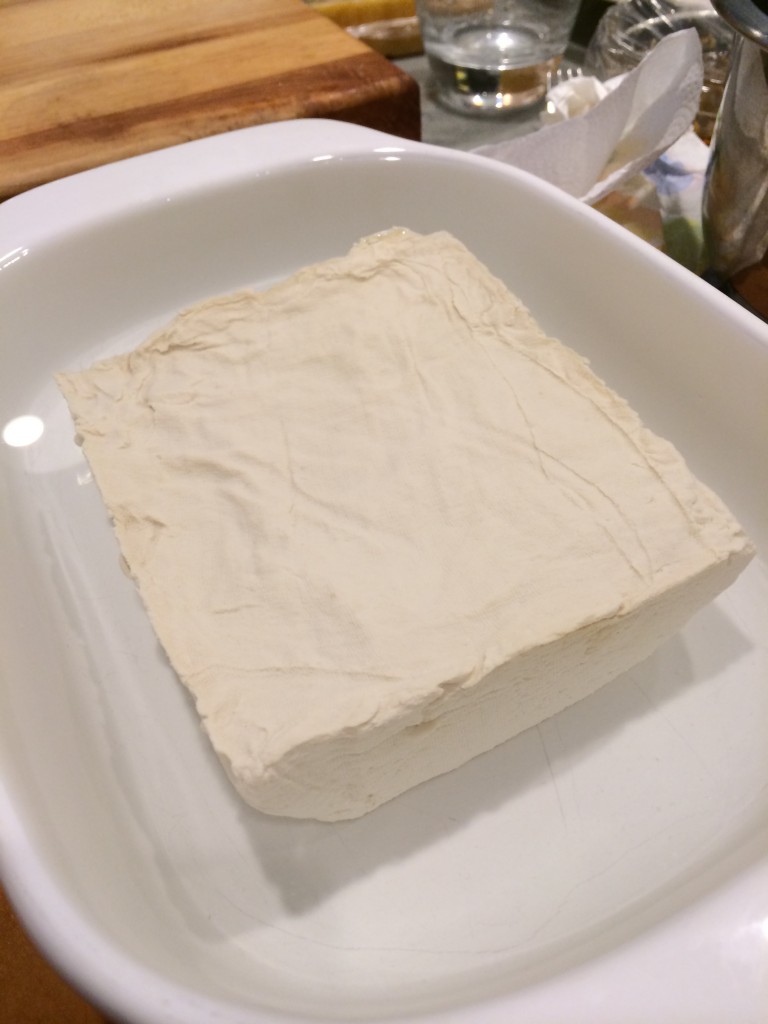

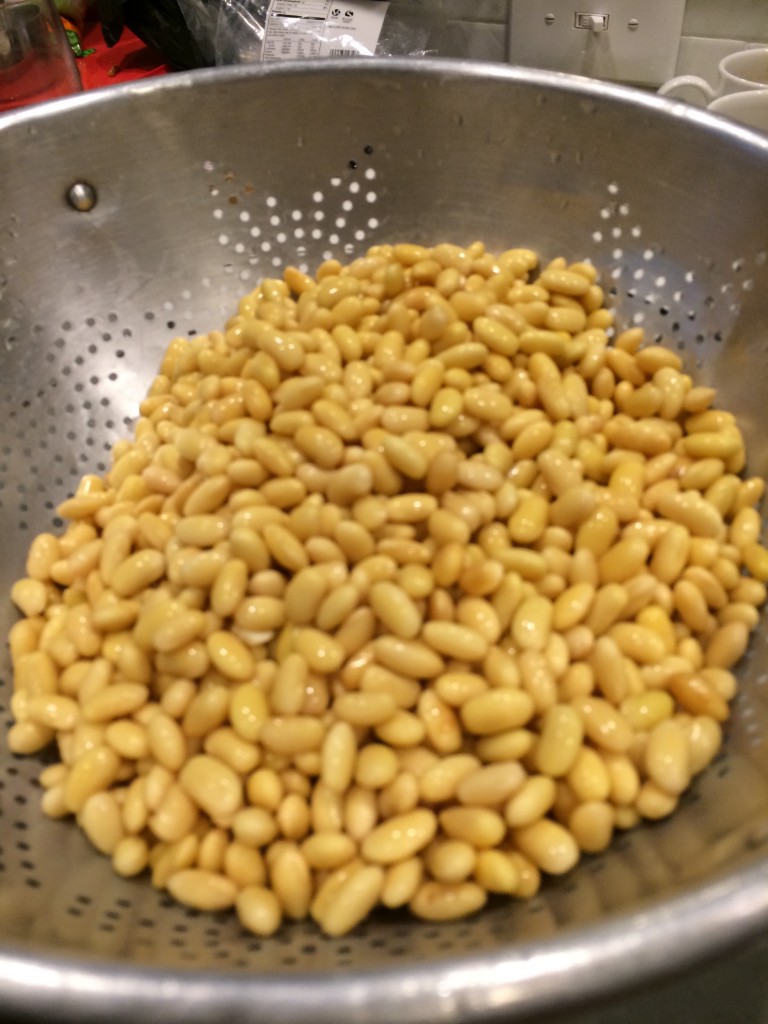
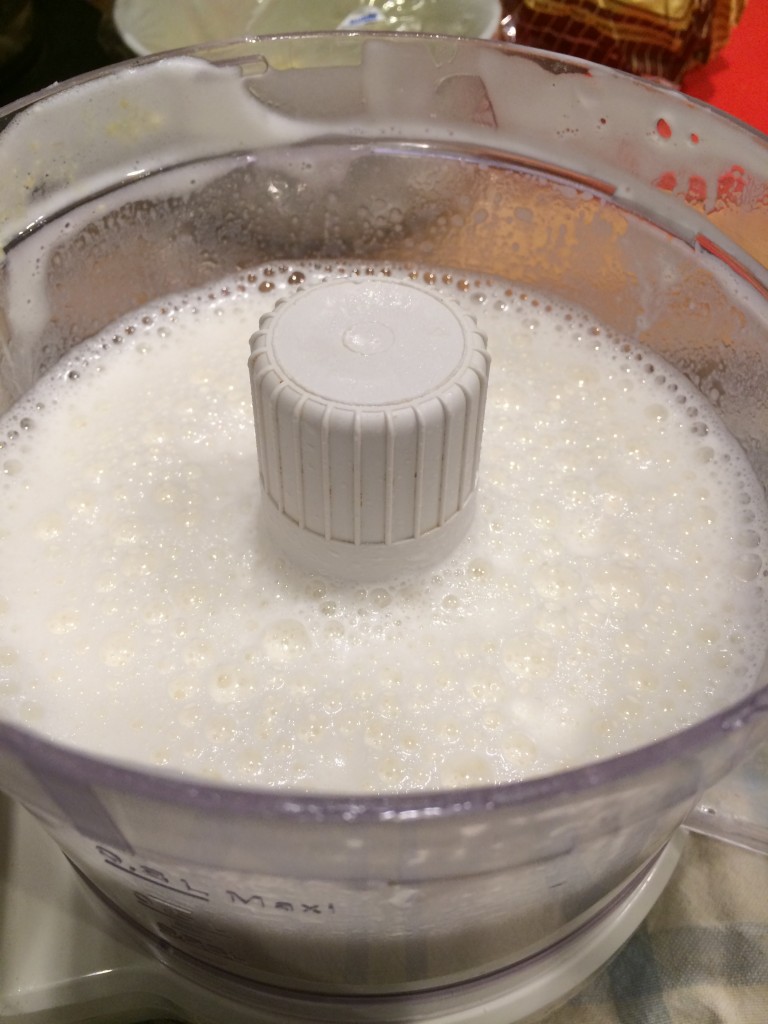
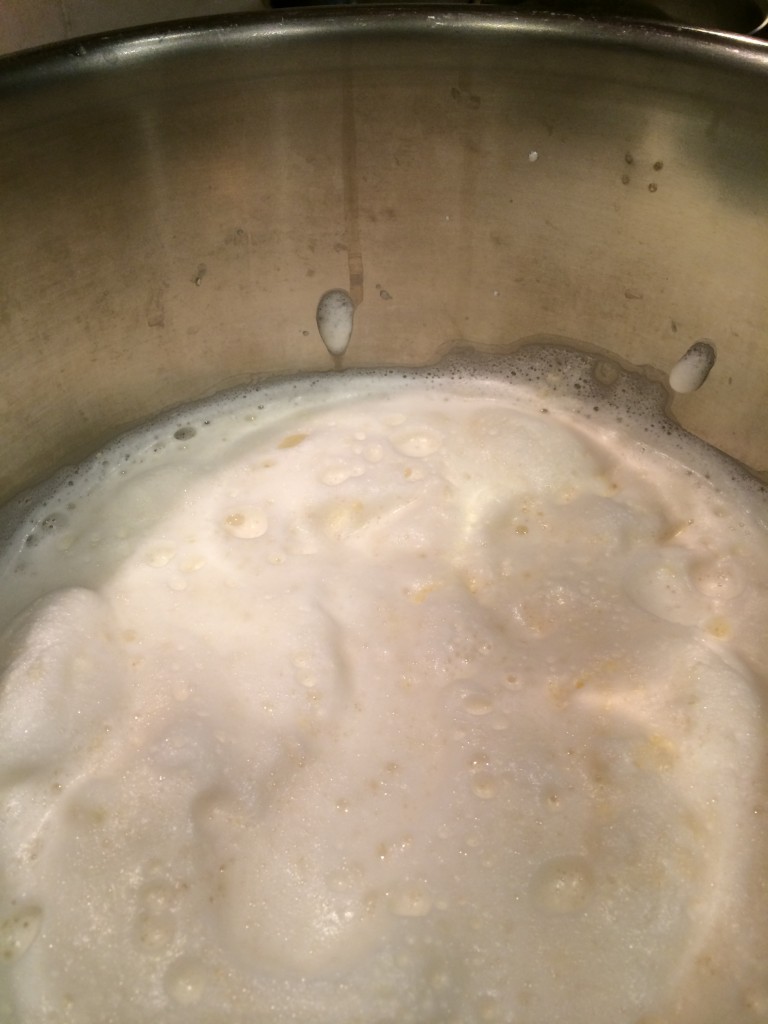
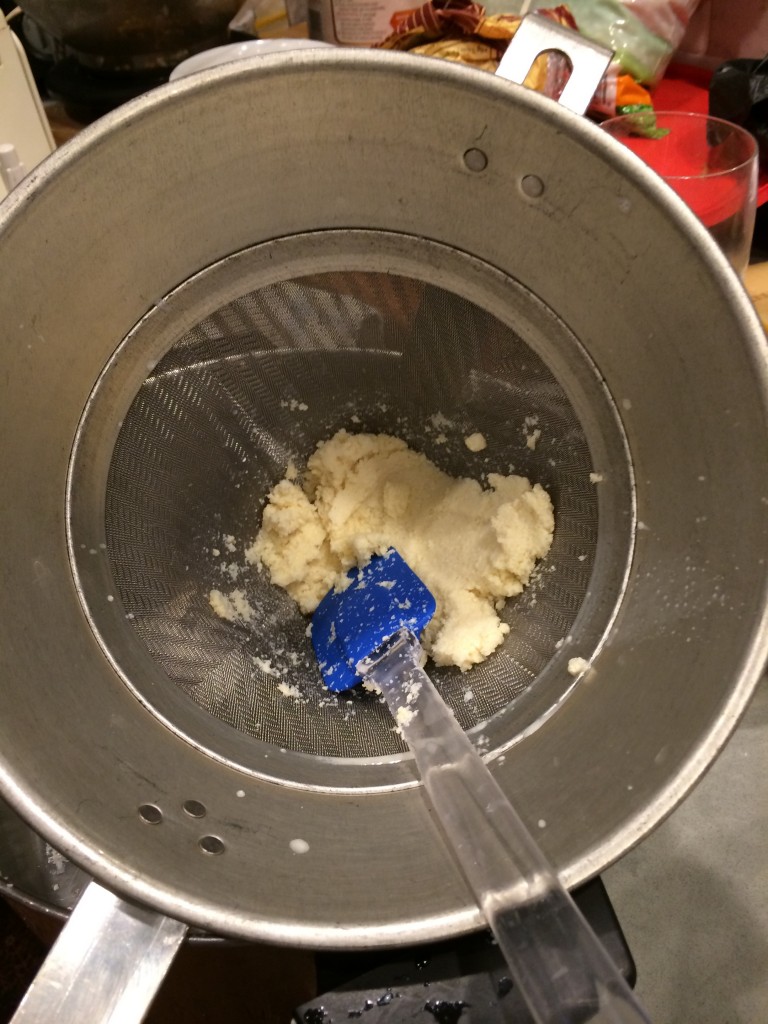
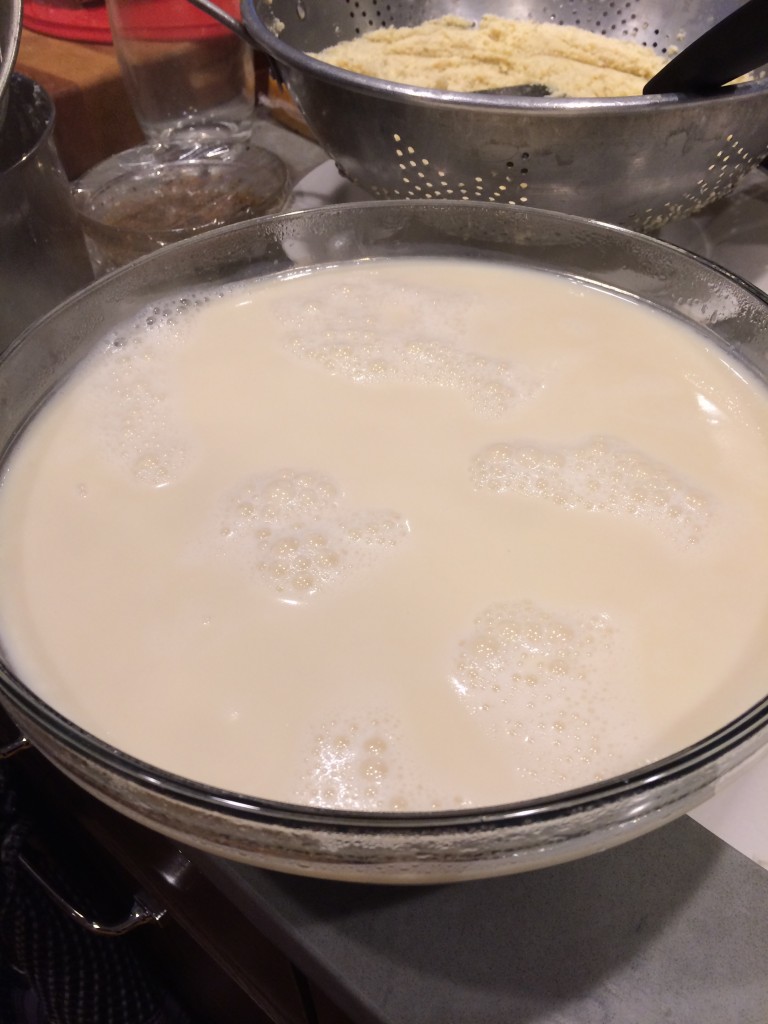
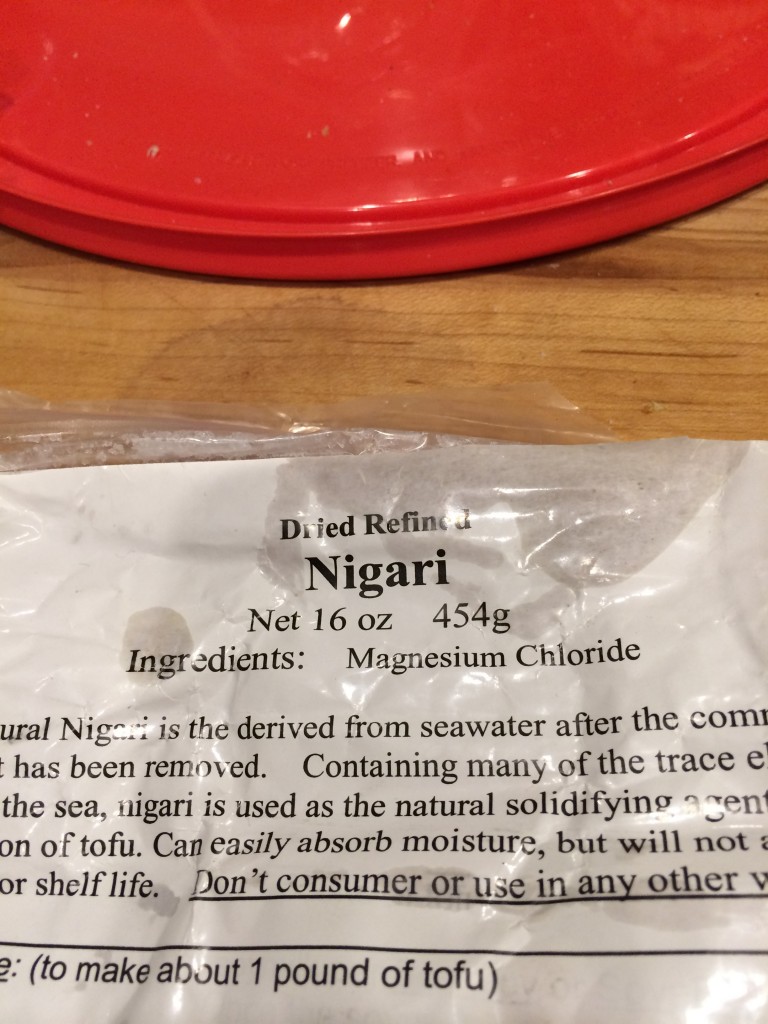
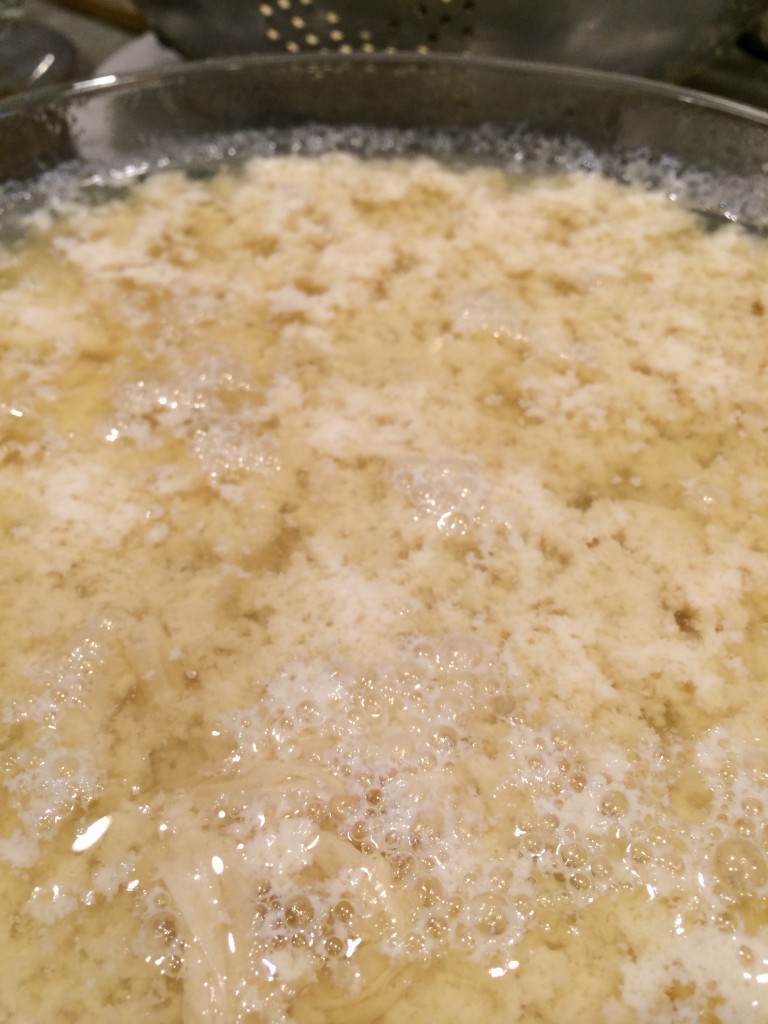
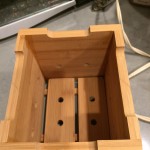
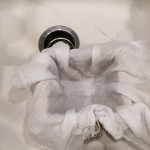
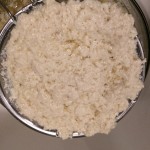
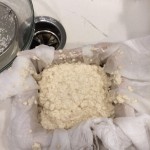
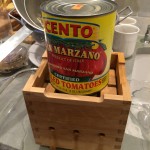
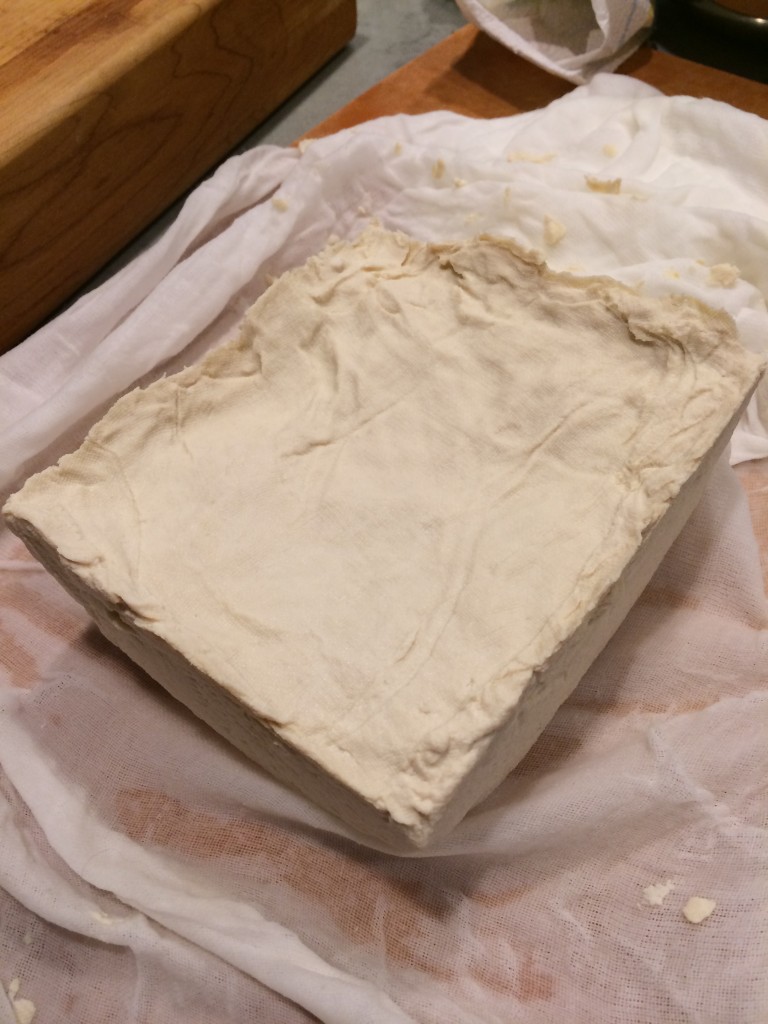
 Born in Baltimore and raised in Cincinnati, I have lived on both coasts and driven back and forth across the country a number of times. I now have the "midlife opportunity" to do so on two wheels.
Born in Baltimore and raised in Cincinnati, I have lived on both coasts and driven back and forth across the country a number of times. I now have the "midlife opportunity" to do so on two wheels.
Recent Comments